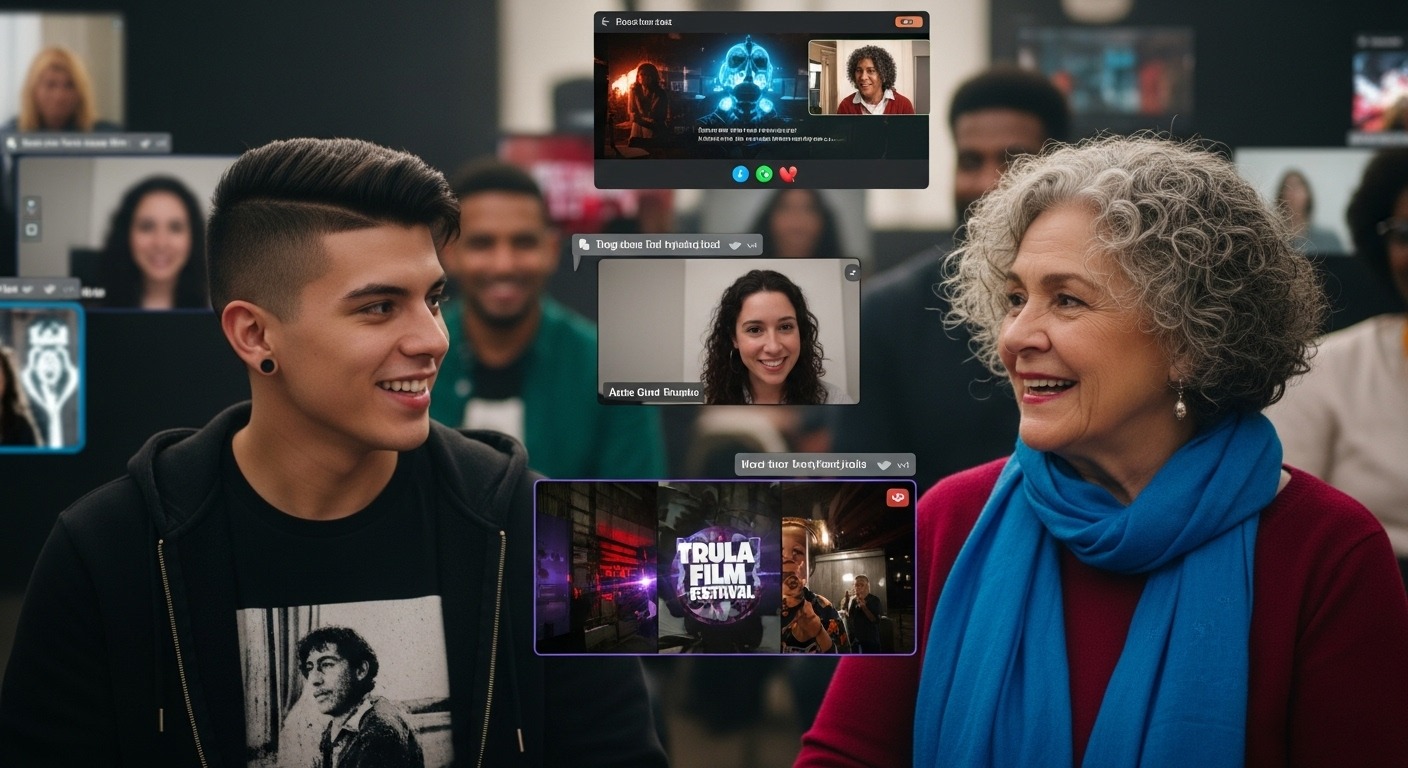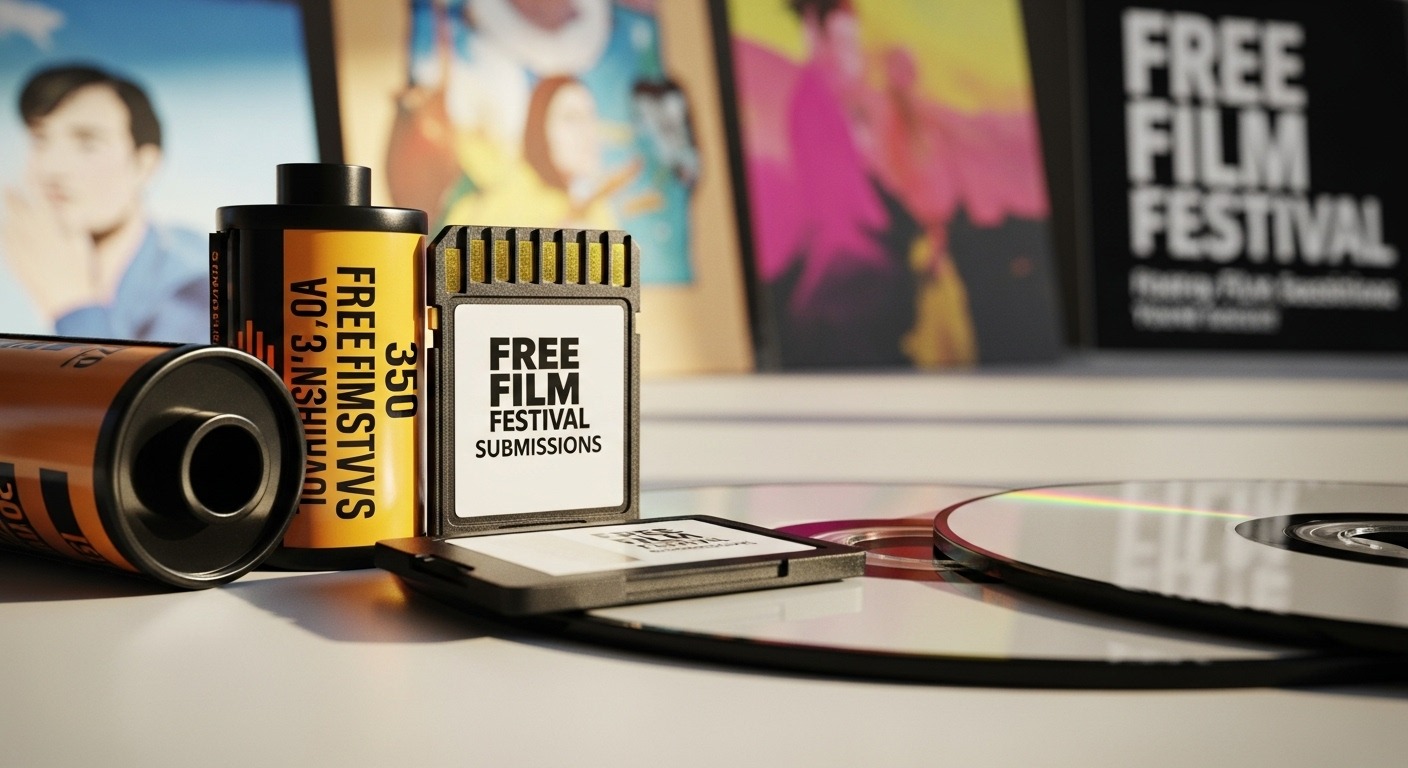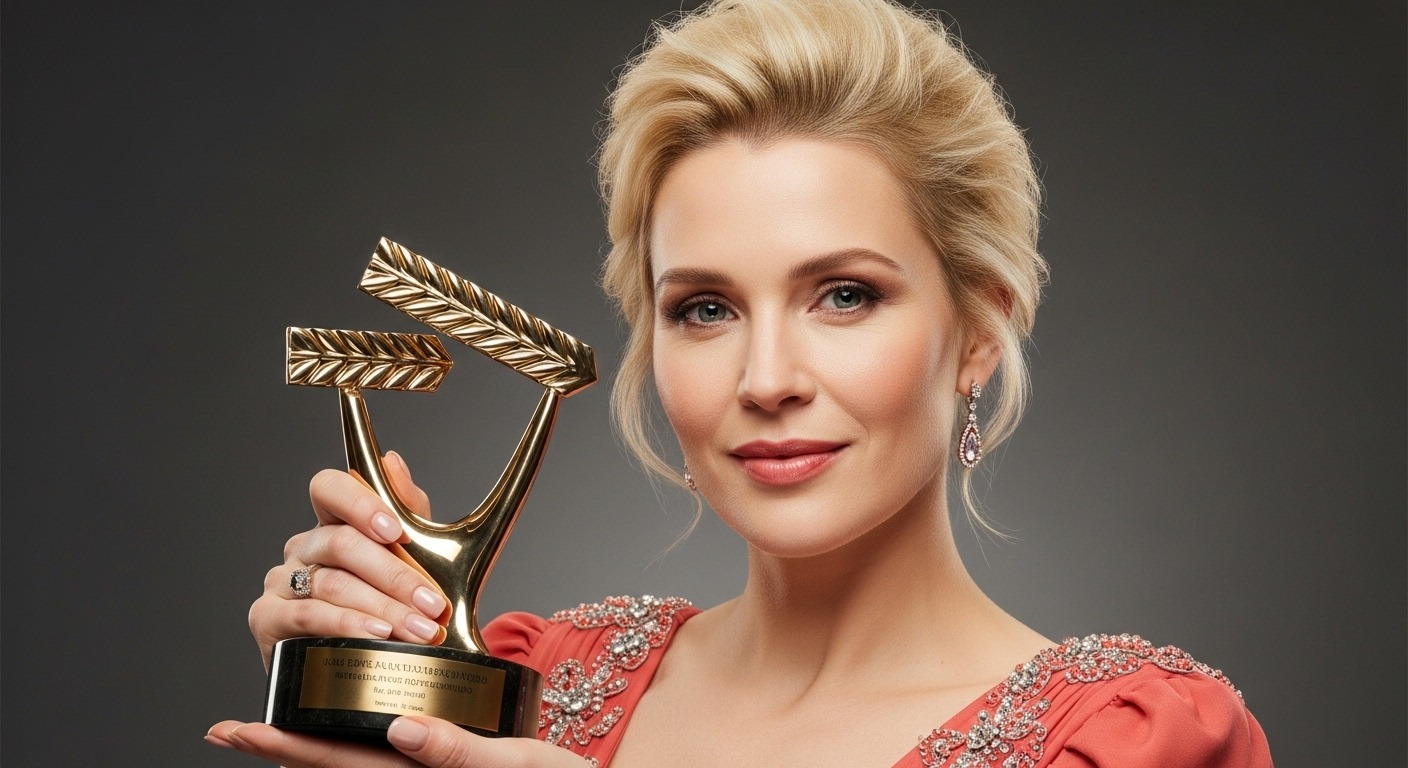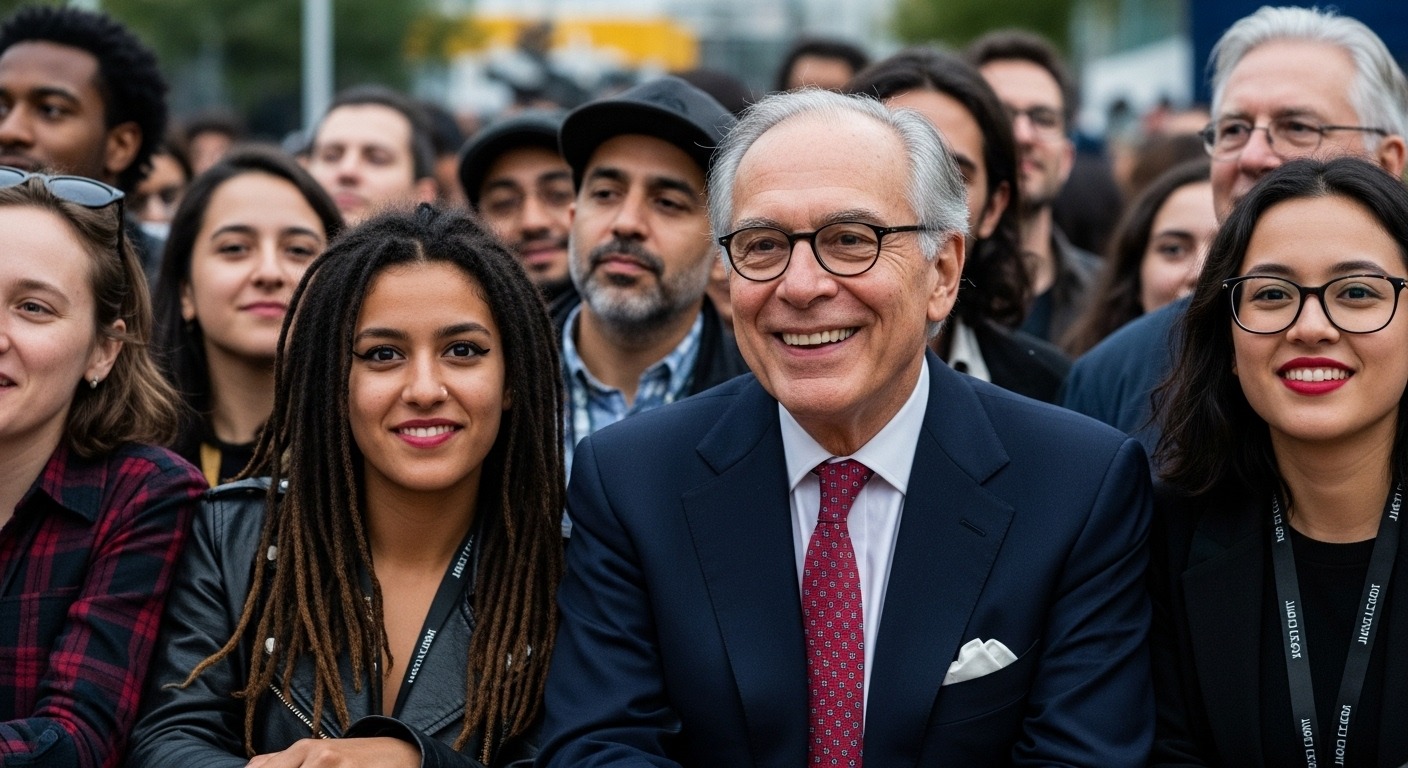Historical documentaries are one of the most impactful mediums for preserving and sharing history. Through interviews, archival footage, reenactments, and narration, they bring to life events that shaped our world.
Unlike traditional textbooks or news coverage, historical documentaries have the power to evoke emotions and create a connection between the audience and the past. Throughout time, people have sought to document their experiences as a way of preserving their history.
Historical documentaries are a modern form of this desire to leave something behind for future generations. They have become an essential tool in educating people about significant events and moments in human history.
Definition of Historical Documentaries.
Historical documentaries are non-fiction films that focus on specific historical events or people’s lives. They aim to educate viewers about historical facts by presenting them in an engaging and visually appealing format.
The films range from biographical documentaries that focus on an individual’s life story to event-based documentaries covering significant events such as wars or revolutions.
The primary goal of producing a historical documentary is not only to entertain but also to inform its audience about specific periods in history accurately. Filmmakers rely on interviews conducted with experts who offer insight into the past, along with archival footage that brings old stories back to life.
Importance of Historical Documentaries in Preserving History
Historical documentaries serve as a means of passing down information from generation to generation by preserving important moments in human history while keeping those memories fresh for current viewers.
To effectively preserve history for future generations, it requires recording it through various forms that can last beyond our present time.
Because these films capture first-hand accounts from historians who experienced such events or have extensive knowledge about them, historical documentaries serve as vital sources for researchers studying social phenomena from different eras and regions.
Types of Historical Documentaries.
Historical documentaries are a unique genre of film that aim to capture the past in a way that is engaging, informative, and entertaining. There are three main types of historical documentaries: biographical documentaries, event-based documentaries, and social and cultural documentaries.
Biographical Documentaries
Biographical documentaries focus on the life and achievements of a particular individual. They often include interviews with family members, friends, colleagues, or experts in the field to provide insight into their subject’s life.
Biographical documentaries can range from famous public figures like politicians or musicians to lesser-known individuals who have made significant contributions to society. One example of a biographical documentary is “RBG” (2018), which tells the story of Supreme Court Justice Ruth Bader Ginsburg.
Event-based Documentaries.
Event-based documentaries focus on a specific historical event or series of events. They often use archival footage combined with interviews from eyewitnesses or experts to create a comprehensive look at what happened. Event-based documentaries can be about anything from wars or natural disasters to cultural phenomena like music festivals or sports championships.
A notable example is “The Vietnam War” (2017) by Ken Burns and Lynn Novick. This ten-part documentary series tells the story of one of America’s most divisive conflicts through firsthand accounts from both American veterans and Vietnamese citizens who lived through it.
Social and Cultural Documentaries.
Social and cultural documentaries explore broader societal issues such as race relations, gender equality, environmentalism or cultural traditions.
These films aim to raise awareness about important issues by shedding light on people whose experiences represent those of larger communities. Social and cultural documentaries can be thought-provoking, emotionally charged and inspire change.
An example of a social and cultural documentary is “13th” (2016) which explores the history of racial inequality in America through the lens of the 13th Amendment to the U.S. Constitution.
The film examines how black people have been disproportionately targeted by the criminal justice system with mass incarceration becoming a form of systemic racism.
Overall, historical documentaries aim to educate, entertain and inform viewers about specific topics in an engaging way. By understanding the different types of historical documentaries available, audiences can choose to watch films that align with their interests while gaining knowledge about a particular subject matter.
Elements of a Historical Documentary.
Historical documentaries are one of the most effective ways to preserve history and educate people about important events of the past. In order to create an impactful historical documentary, filmmakers must utilize several key elements.
These elements include archival footage, interviews, reenactments, and narration. Each of these elements plays an important role in telling the story of a historical event or figure.
Archival Footage.
One critical element in creating an effective historical documentary is the use of archival footage. Archival footage can be defined as pre-existing film or video footage that depicts events from the past. This type of footage is essential for providing viewers with a sense of realism and authenticity when watching a historical documentary.
It allows them to see actual events as they occurred, rather than just hearing someone recount what happened. Archival footage can come from a variety of sources, including news organizations, government agencies, home videos, and more.
The challenge for filmmakers is finding high-quality footage that accurately captures the events they are trying to depict. They must also be careful when selecting which clips to use in order to ensure that they are not misrepresenting or distorting historical facts.
Interviews
Another key element in creating a successful historical documentary is conducting interviews with experts on the topic being covered. These experts may include historians, eyewitnesses to the events being depicted, or individuals who have direct knowledge or experience related to the subject matter.
Interviews provide viewers with firsthand accounts and perspectives on what took place during a particular event or period in history. They also allow filmmakers to humanize historical figures by sharing personal anecdotes and insights about their lives and motivations.
Incorporating interviews into a historical documentary requires extensive research and planning. Filmmakers need to identify potential interview subjects early on in order to secure their participation before production begins.
Reenactments.
Another important element in creating a historical documentary is the use of reenactments. Reenactments are dramatizations of historical events that are filmed specifically for the documentary.
They allow filmmakers to recreate scenes from the past in a way that is visually engaging and compelling for viewers. Reenactments can be tricky to execute effectively, however.
Filmmakers must ensure that they are accurate representations of historical events while also being visually interesting and captivating for viewers. Additionally, they must carefully select actors who can accurately portray historical figures, as well as choose appropriate sets and costumes to create an authentic look and feel.
Narration.
Narration is another key element in creating a successful historical documentary. Narration provides context and structure for the story being told, as well as guiding viewers through the events being depicted. Narration can take many forms, including voiceovers, on-screen text, or interviews with experts who provide commentary on the events taking place.
The tone and style of narration used in a historical documentary should be carefully considered to ensure that it matches the overall tone and style of the film. Each element discussed plays an important role in creating an effective historical documentary that educates viewers while also entertaining them.
Archival footage provides realism and authenticity; interviews provide firsthand accounts; reenactments allow filmmakers to recreate events visually; narration guides viewers through the story being told. When used together skillfully by filmmakers,, these elements create compelling documentaries that resonate with audiences long after they have finished watching them.
Production Process of a Historical Documentary.
Researching and Gathering Information.
Before starting the production process, it is essential to conduct thorough research on the topic of the documentary. This step forms the foundation for the entire production process. Historical documentaries require extensive research to ensure accuracy and authenticity.
The research process includes reviewing primary sources such as letters, photographs, newspapers, and other historical documents. Secondary sources like books, articles, and academic papers are also valuable resources.
After gathering all relevant information on the topic of the documentary, it is crucial to evaluate their credibility and relevance to avoid misleading or inaccurate information. During this stage, documentarians may consult with experts in different fields related to their subject matter to gain more insight into their topic.
Scriptwriting and Storyboarding.
The next stage in the production process involves translating all gathered information into a coherent and engaging story. The scriptwriting stage involves crafting a compelling narrative that will drive the story forward while capturing important historical events accurately.
Once a script has been developed, it’s time for storyboarding. Storyboards help visualize scenes from the script by breaking them down into individual shots or sequences that can be made into visual aids ahead of time.
Pre-production Planning and Scheduling.
Pre-production planning is an essential stage that sets up for successful filming later on during production. It involves creating a detailed plan for how you will shoot your documentary based on your script outline from earlier stages.
During pre-production planning, filmmakers establish schedules based on location availability requirements as well as crew availability needed for shooting days like sound technicians or assistants who will help set up lights or assist with equipment needs if necessary.
Production: Filming, Editing, Sound Designing.
The most crucial part of making a historical documentary is filming interviews with experts in various fields related to your topic matter. Filming requires careful attention to detail when it comes to lighting and sound quality to ensure that the final product is clear and engaging.
Once filming has been completed, the footage goes through an editing process where filmmakers select shots that best capture their story’s narrative arc. Moreover, editors also refine sound design elements, such as dialogue editing, sound effects placement, and music composition.
Post-Production: Color Correction, Sound Mixing, VFX.
After completing editing and sound design work on the documentary comes color correction finalization where colorists adjust the colors throughout every shot in a project or sequence for aesthetic effect. In other words, this step can add a mood or style to your film.
In addition to adding color correction effects comes mixing audio tracks together which involves balancing levels of dialogues volume levels as well as other sounds like background music added during post-production.
Special effects (VFX) can be added into historical documentaries to help visualize certain elements such as recreating past events or illustrating abstract concepts related to historical subjects.
The Impact of Historical Documentaries on Society.
Educational Value.
Historical documentaries have great educational value as they provide captivating narratives about historical events, eras, and figures.
They can help to contextualize and explain complex events in a way that is accessible for all ages. Moreover, historical documentaries can present facts in an engaging manner that encourages viewers to learn more about the subject matter.
They can be used as teaching tools in classrooms to supplement classroom lectures or assignments and provide visual aids for students. In addition, they allow educators to present information from multiple perspectives.
Cultural Significance.
Historical documentaries have immense cultural significance as they help preserve cultural heritage by showcasing important traditions and customs unique to different cultures. They provide insights into the past practices of different societies, which allows people to better appreciate their diverse backgrounds.
Additionally, historical documentaries are essential in highlighting the contributions of marginalized groups or individuals who were underrepresented in history books or mainstream media. Through these films, audiences gain a new perspective on the world around them and learn about cultures other than their own.
Social Awareness.
Historical documentaries can raise social awareness by shedding light on issues that were previously ignored or downplayed by society at large. By exposing social injustices and human rights violations from the past (and present), historical documentaries encourage people to think critically about contemporary issues affecting society today.
For example, The 13th (2016) directed by Ava DuVernay explores racial inequality within the criminal justice system while also providing insight into how slavery evolved into mass incarceration in America.
Similarly, Food Inc (2008) directed by Robert Kenner examines how our food system is controlled by corporations who prioritize profit over public health concerns and environmental sustainability.
Overall, historical documentaries have had a profound impact on society through their educational value, cultural significance, and ability to raise social awareness. They continue to be an essential tool in preserving our shared history and shaping the way we see the world.
Famous Historical Documentaries.
The Vietnam War (2017) by Ken Burns and Lynn Novick
“The Vietnam War” is a 10-episode documentary series that provides a comprehensive look at the war from multiple perspectives. The series features interviews with veterans, historians, and civilians from both America and Vietnam. The documentary explores the political climate that led to the conflict, the experiences of soldiers on both sides of the conflict, and the lasting impact of the war on those who lived through it.
One of the most significant aspects of “The Vietnam War” is its use of archival footage. The series includes over 24,000 photographs and footage from all sides of the conflict to create a vivid portrayal of this tumultuous time in history.
The filmmakers also made an effort to include stories from people who were often ignored in previous depictions of the war, such as Vietnamese civilians. Overall, “The Vietnam War” is an incredibly impactful documentary that sheds light on one of America’s most controversial wars.
O.J.: Made in America (2016) by Ezra Edelman
“O.J.: Made in America” is a five-part documentary series that explores not only O.J. Simpson’s infamous murder trial but also his rise to fame as a football star and actor in Hollywood. The film delves into Simpson’s relationships with race, privilege, and identity within American society at large.
The documentary offers an intimate look at Simpson’s life before fame as well as his downfall following his murder trial. It examines how he was able to leverage his celebrity status during his trial while ignoring issues surrounding race relations in Los Angeles during that time period.
This groundbreaking documentary won numerous awards including an Academy Award for Best Documentary Feature. Its thought-provoking approach towards examining complex social issues through one man’s story makes it one for history books.
Apollo 11 (2019) by Todd Douglas Miller
“Apollo 11” is a stunning documentary that offers an inside look at the historic moon landing in 1969. The film uses newly discovered footage and audio recordings from NASA to provide viewers with a unique, immersive experience of the mission.
The documentary meticulously details the technical aspects of the space flight while also providing insights into the human experiences of those involved. It showcases how much planning, preparation, and risk went into making one of humanity’s most significant achievements possible.
Overall, “Apollo 11” shows how technological progress can push us towards new frontiers if we embrace innovation and creativity. It reflects on the collective efforts made through science, determination and hard work to achieve great feats for humanity.
The Future of Historical Documentary Making.
Technological Advancements.
Advancements in technology have significantly impacted the way historical documentaries are being made. The use of drones, virtual reality, and artificial intelligence has revolutionized the making of documentaries. For instance, using drones to capture aerial footage provides a unique perspective that documentary makers couldn’t achieve before.
3D printing and virtual reality technologies have also made it possible for documentary makers to recreate historical artefacts and places for more immersive experiences. Artificial Intelligence (AI) is also changing the game of historical documentaries.
Using AI, documentary makers can now generate realistic facial expressions for characters in reenactments while minimizing production costs. AI algorithms are used to analyze historical data, which helps to mine valuable insights that can be portrayed through visualizations or animations.
Changing Audience Preferences.
The audience’s preferences have changed over time, and this has resulted in a shift in how historical documentaries are being made. Today’s audiences prefer more engaging storytelling techniques rather than just straight facts on screen.
Documentary makers have responded by making use of creative editing techniques such as split-screens, fast-paced montages, and animated infographics to make their work more appealing.

Another trend is the shift towards shorter videos with shorter attention spans among audiences today. Documentary makers are focusing on creating short-form content that can be easily consumed on social media platforms like YouTube or Facebook.
What is a historical documentary?
A historical documentary is a film or television program that tells a story about real people or events from the past. It is typically based on historical research and interviews with eyewitnesses or experts.
What are some popular historical documentaries?
Some popular historical documentaries include:
- The Civil War (1990)
- The Vietnam War (2017)
- The World at War (1973)
- Shoah (1985)
- The Civil Rights Movement (2014)
- The Kennedy Assassination (1992)
- 9/11 (2002)
- The Holocaust (2004)
- The World Wars (2009)
- The Ascent of Man (1973)
Benefits of watching historical documentaries.
There are many benefits to watching historical documentaries. They can help us to learn about the past, understand the present, and make informed decisions about the future. They can also help us to develop critical thinking skills and appreciate different cultures.
Challenges of watching historical documentaries.
One challenge of watching historical documentaries is that they can be biased. Filmmakers often have their own agendas, and they may choose to present the facts in a way that supports their point of view. It is important to be aware of this bias and to think critically about the information that is presented.
Another challenge of watching historical documentaries is that they can be emotionally draining. They may deal with difficult subjects such as war, violence, and death. It is important to be prepared for these topics and to take breaks if needed.
Tips for watching historical documentaries.
Here are some tips for watching historical documentaries:
- Do your research. Before you watch a documentary, take some time to learn about the topic. This will help you to understand the context of the film and to identify any biases.
- Be critical. Don’t just accept everything that you see and hear. Ask questions and think about the information that is presented.
- Be open-minded. Even if you don’t agree with the filmmaker’s point of view, try to see things from their perspective.
- Take breaks. If you find that a documentary is becoming too emotionally draining, take a break. Come back to it later when you are feeling more emotionally prepared.
Things to consider when watching historical documentaries.
- The filmmaker’s perspective. Every filmmaker has their own perspective on the world, and this will inevitably influence the way they tell a story. It’s important to be aware of this perspective and to think about how it might affect the way the documentary is presented.
- The use of evidence. Good historical documentaries are based on sound evidence. This evidence can come in many forms, including archival footage, interviews with eyewitnesses, and expert analysis. It’s important to pay attention to the evidence that is presented and to assess its credibility.
- The use of narrative. Historical documentaries are not just collections of facts. They are stories, and they are told using narrative techniques such as plot, character development, and setting. It’s important to be aware of these techniques and to think about how they are used to tell the story.
- The impact of the documentary. Historical documentaries can have a powerful impact on our understanding of the past. They can help us to see the world through the eyes of others, to learn about different cultures, and to understand the events that have shaped our world. It’s important to think about the impact of the documentary and to consider how it might change the way you think about the past.
- The context of the documentary. When was it made? Who was the target audience? What was the political climate at the time? These factors can all influence the way the documentary is presented.
- The intended audience. Historical documentaries can be made for a variety of audiences, including students, general viewers, and historians. It’s important to consider the intended audience when watching a documentary and to think about how the information is presented in a way that is appropriate for that audience.
- The use of language. Historical documentaries often use specialized language that can be unfamiliar to general viewers. It’s important to be aware of this language and to take the time to understand what it means.
- The use of visuals. Historical documentaries often use a variety of visuals, including archival footage, photographs, and maps. It’s important to pay attention to these visuals and to think about how they are used to tell the story.
- The overall impact of the documentary. Historical documentaries can have a powerful impact on our understanding of the past. They can help us to see the world through the eyes of others, to learn about different cultures, and to understand the events that have shaped our world. It’s important to think about the impact of the documentary and to consider how it might change the way you think about the past.
- The use of music. Music can be a powerful tool for storytelling, and it is often used in historical documentaries to create a mood, set the scene, or emphasize a particular point.
- The use of interviews. Interviews with eyewitnesses or experts can add a personal touch to a documentary and help to bring the story to life.
- The use of reenactments. Reenactments can be used to illustrate events that are difficult to capture on film or to show the perspective of someone who was not present.
- The use of humor. Humor can be used to make a documentary more engaging and to help viewers to connect with the material.
- The use of controversy. Some documentaries may be controversial, and it is important to be aware of this before watching. It is also important to think about how the controversy is handled and to consider whether or not it is relevant to the story.
Conclusion.
Historical documentaries remain an essential tool in preserving our history and culture as a society. Technological advancements have allowed filmmakers to present their stories in new ways while still maintaining high production values, but it is crucial that they don’t rely too much on these advancements at the expense of storytelling.
As audience preferences continue to evolve, we expect to see more special effects being used in documentary making while ensuring the delivery of accurate information about our past.
With the rise of shorter-form content, emerging filmmakers will need to focus on presenting their stories in engaging and easy-to-digest ways. Overall, the future of historical documentary making is an exciting one, with endless possibilities for innovation and creativity.

I am a highly experienced film and media person who has a great deal to offer to like-minded individuals. Currently working on several exciting projects, I am a film and media practitioner for over a decade. I have achieved a great deal of success in my professional career.





